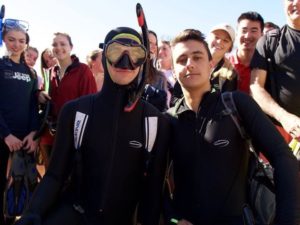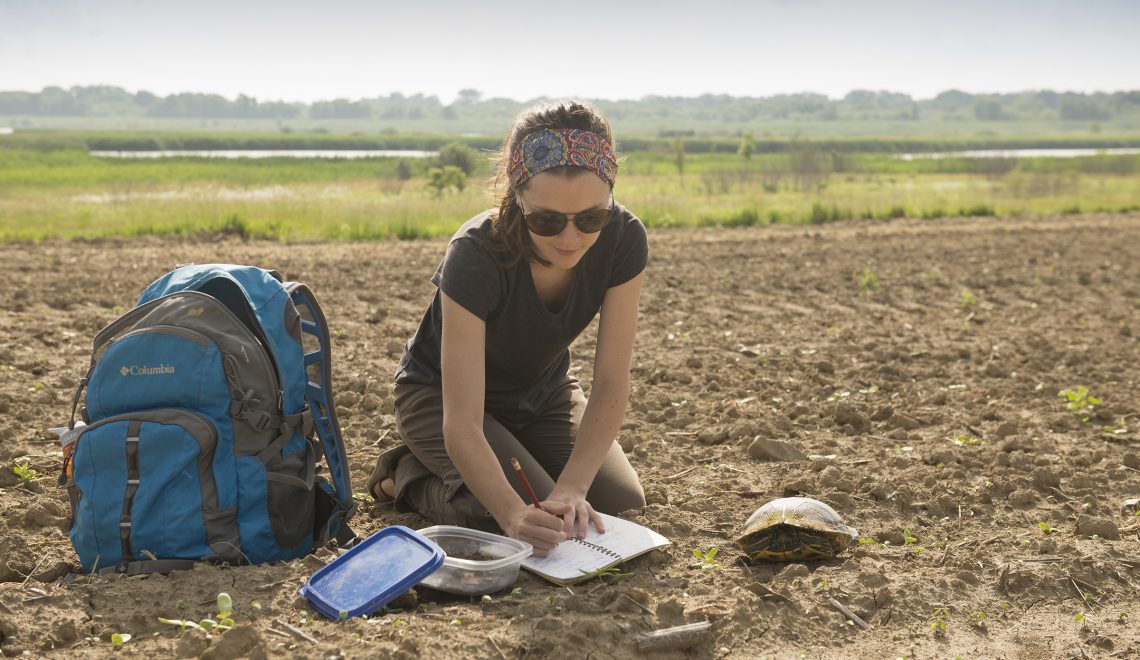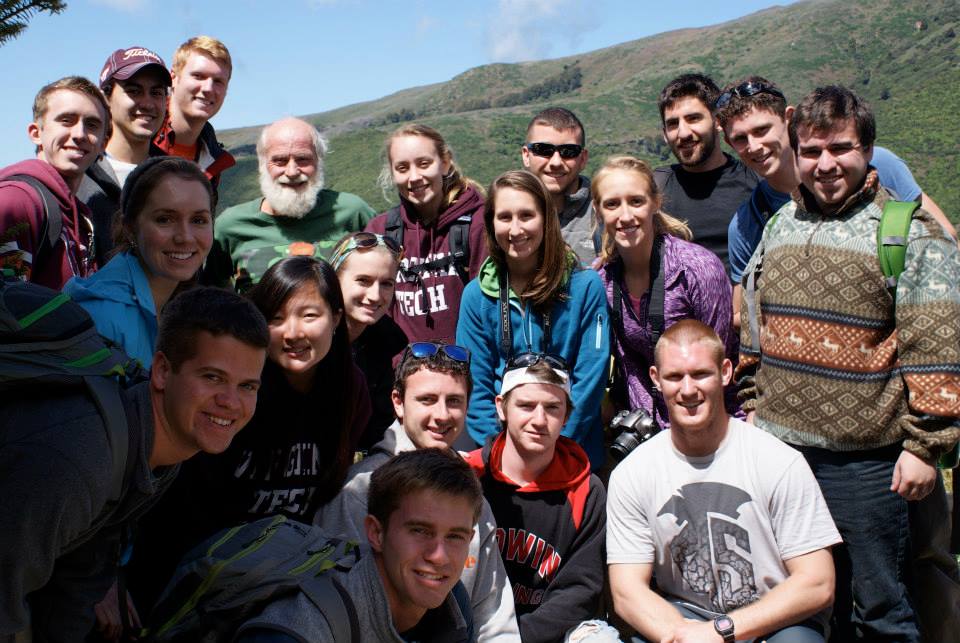Ethan Boroughs, from the University of Richmond, talks about his bittersweet memories of the Great Barrier Reef. He writes:
One of my favorite parts of my time in Australia was when I got to visit the Great Barrier Reef. For two straight days we were ferried out to certain parts of the reef by boat, giving us a chance to see the beautiful Australian seascapes along the way to the reef.
When we all arrived at the snorkel spot on the reef, we grabbed our snorkels and our flippers and we jumped into the ocean. When I first looked down through by goggles I was astounded by the sheer density of life and vivid array of colors. Vibrantly colored fish of all shapes and sizes were darting here and there to spots of cover on the reef, and the reef itself was one of the most awesome structures that I had ever beheld, and it was entirely composed of living organisms! After we were able to have our first look around on the reef, we were given a transect line, a clipboard, and a waterproof checklist that we used to record the species of fish that we saw on the reef, how many there were, and where on the reef we saw them. We partnered up, and followed the transect line across the reef, making sure to keep track of all of the fish that we saw. When we returned to the boat, we gave the checklist to the reef specialists who accompanied us. The reef specialists use the data that we and other citizen scientists collect to make sure that the reef is healthy and that fish populations are still thriving.
After the initial data collection, we were allowed free reign, and were told to just go explore the reef. We snorkeled for two straight days, and I loved every minute of it. Being able to swim all over the reef and dive down to peer into every nook and cranny for tropical fish was one of the most amazing experiences I’ve ever had. From all of the exploring that I did, I was able to see and swim with sea turtles, sting rays, and even sharks! This was an experience that I will never forget. However, this was a part of the trip that also made me morose, as the evidence of climate change was apparent on the reef. In one section, the reef was vibrant and full of life, however just a few yards away the reef was brown, dead or dying, suffering from the effects of climate change and over-fertilization on the coast. If more students could go abroad and experience the same bittersweet feelings that I had upon seeing the life and death of the Great Barrier Reef, I can only imagine that more people would be inclined to take action against climate change and help save a World Heritage Site. The Great Barrier Reef is something that I would encourage everyone to visit and also protect!











